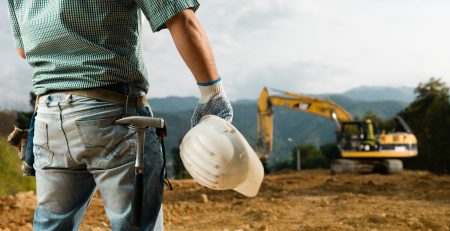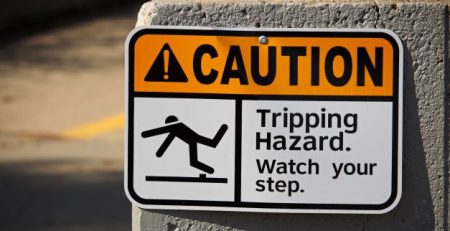Working at Height on Site and its Risks as Given By HSE
Doing a job at high elevation is still one of the largest causes of accidents and major crashes in UK. Most of the cases involve falls from height and through unfavorable grounds. Taking a job at an altitude means that work if any environment if someone was not careful he or she could drop a distance long enough to cause harm to the body like a drop from a roof that’s not strong. This part shows how workers can take comfortable and practical practices to minimize the risk of any of the employees losing while taking a job at an elevation.
What an individual has to do
One must ensure that they plan well for the job, well invigilated and the people who have a relevant qualification with the skills information and quite some time into the job. The right and efficient equipment should be available for use in doing jobs at elevations. Take an appropriate way of approach when looking at precautions. Those with fewer risks and direct work will need less manpower when it involves making decisions and in some cases, it requires critical thinking where they are no precautions to be taken.
HSE Control measures
First, find out the risks. The factors to consider include; the length of the work, the time it will take and how often and the situation of the surface where the work will be done. Before working at an elevation, consider the following; don’t work at heights where it could be dangerous for your safety instead use a machine or equipment instead of self. In places where the work at elevations cannot be escaped, you can minimize falls by use of an already constructed safe place at work or a better equipment to do the job.
Reduce the distance if possible for the elevation and possibly the repercussions of a drop. This can be by using the best and efficient machine and equipment where the dangers cannot be avoided. For every step, figure out ways that could keep safe the people at the threat that is general safety before figuring out security measures for a single individual. The public protection involves the use of machines and equipment where no person is required elevation to operate it. A good example is the use of temporary or permanent rails preventing people from falling, use of a platform that can move vertically like the scissor machine, and use of buildings.
Individual protection requires one to operate the machine for it to be effective. A good example is placing a safety harness in the right position and get it attached to the energy absorbing rope and attached a good anchor. The things to do and those not to do when taking a job at a high elevation;
What to do
Take lots of work at the ground level, avoid hills as much as possible. Make sure the workers are safe when they get up and down from the job position at the elevation. Make the equipment and machine used for getting up and down are efficient durable and can depend on checked and always maintained in good condition.Individuals should take care where their work on the unstable floor or near to one. Provide protection from dropping off equipment and material to the ground. In the case of an emergency consider the immediate evacuation of people and other machines for protection after which you start rescue processes.
What is not expected
In overloaded steps for climbing and down, find out the materials and equipment employees are required to carry before considering to take the job. Review the pictures which are symbols representing an object or labels on the ladder for any message you may need. Outreach for the steps used for climbing and down. Place the ladder against weaker positions or surfaces on the wall like plastic material or an overlay with smooth, shiny coating or finish. Ladders should not be used in doing heavy work and strenuous instead use only in light activities and for a short time as a maximum of a half hour at a given time. Let anyone who is not compatible with work, who does not have the required information, creative skills, and a good job experience; not work at the elevation. This is in an effort to reduce the levels of accidents in UK due to working on heights.












